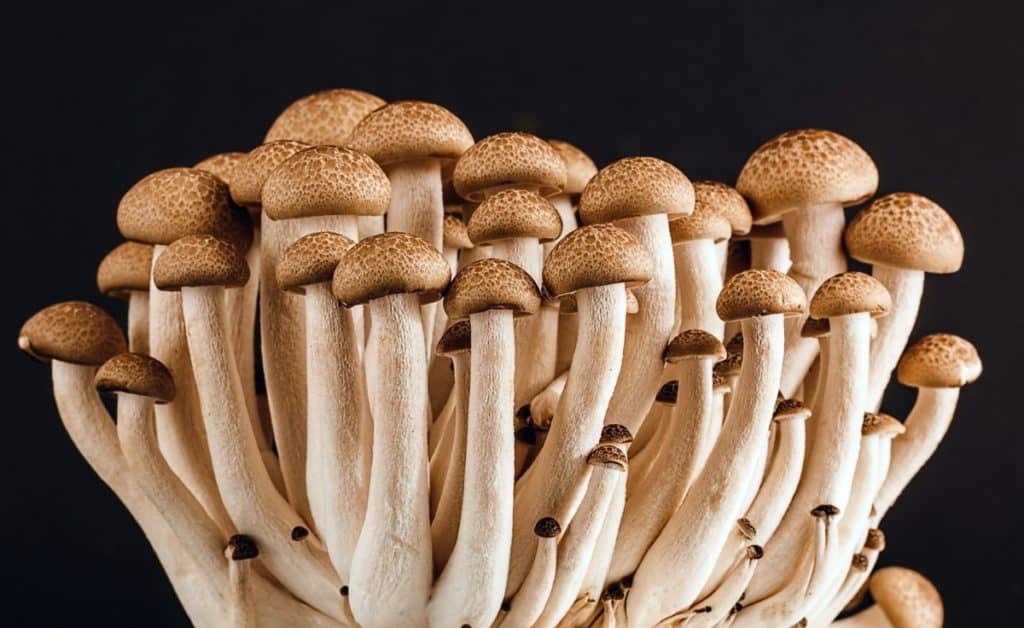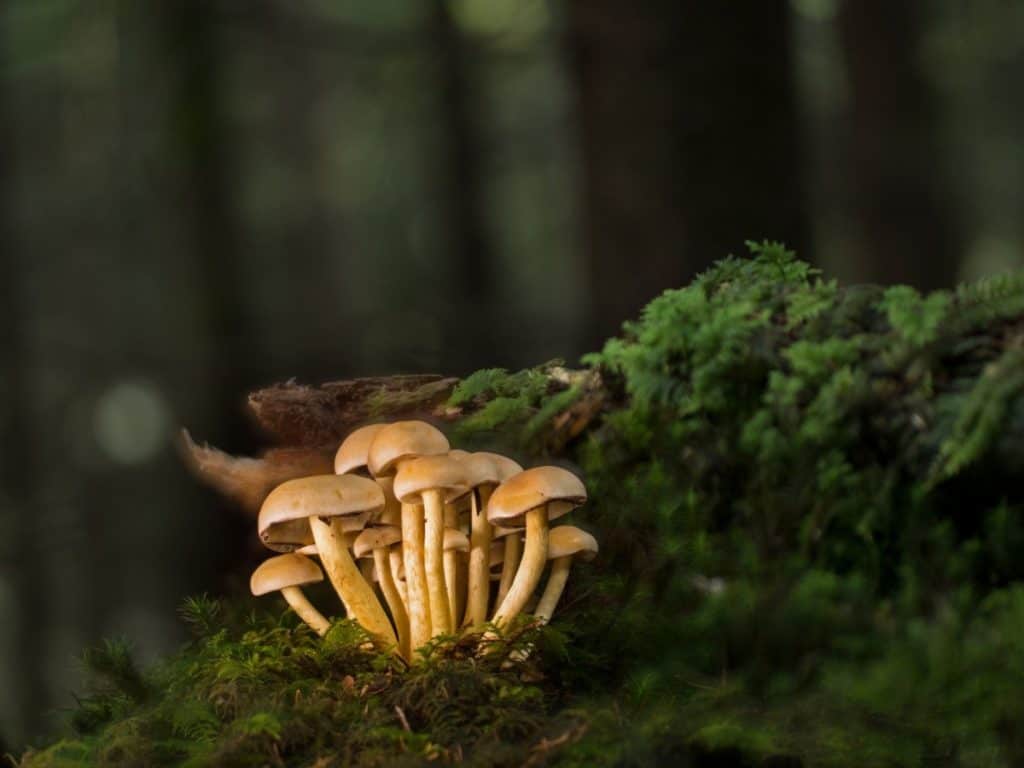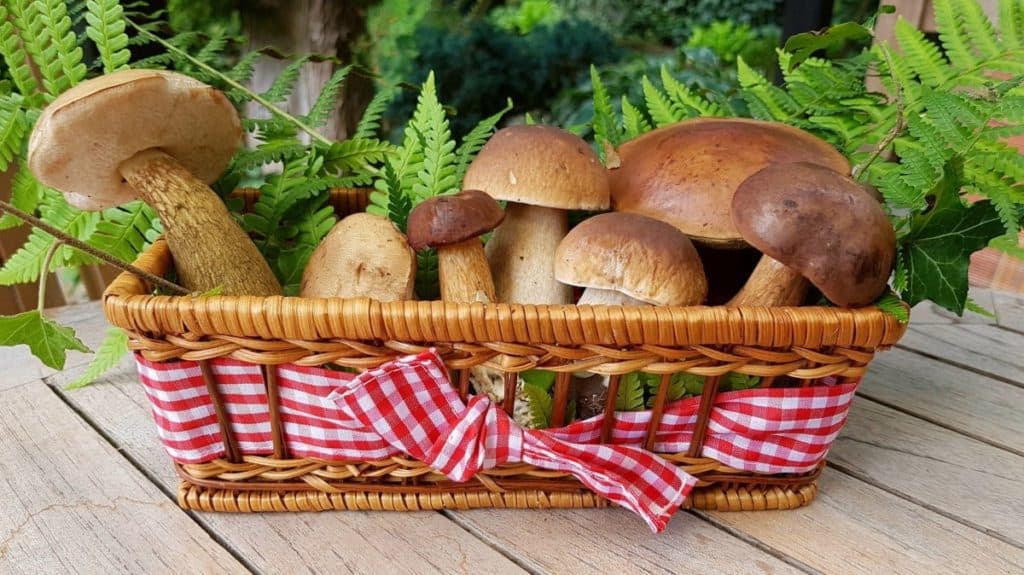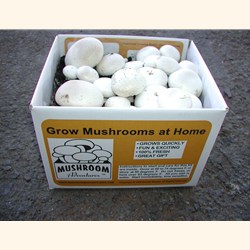
HOW TO GROW MUSHROOMS
Growing mushrooms may not be for the beginner. Mushrooms require the right soil, the right nutrients and the right environment. In this article, we give you several ways in which this can be done.
I have to admit; a mushroom meal is one of my favorite dishes. If well prepared, I can eat and eat without getting bored. But, have you ever sat down and thought how the mushroom is grown? Well, this is critical, especially if it is your favorite meal too.
Requirements
Like any other crop, mushrooms thrive under certain conditions. Without meeting those specifications, I guarantee you zero harvests.
Which requirements are we talking about? One, temperature is critical for growth of all food crops, and mushroom is no exception.
There are different types of mushrooms. Each specific kind does well under different temperatures ranges.
Before adjusting your temperatures, ensure you know how much heat the kind of mushroom you want requires.
Button mushrooms do well in temperatures between 55 and 60 degrees Fahrenheit.
On the other hand, Shiitake thrives in temperatures between 72 and 78 degrees Fahrenheit.
Another critical requirement is moisture. With your compost or manure, you the right moisturized environment to grow button mushroom. Shiitake, on the other hand, grows perfectly in environments with 35-45% moisture.
The third consideration is the nutritional value. Nutrients matter when growing plants. Nutrients to plants are like food to human beings.
A man cannot grow or survive without eating. Similarly, mushroom requires certain nutrients to grow well. Which nutrients are these? They include:
- Sugar
- Lignin
- Starch
- Fats
- Protein
- Nitrogen, etc
These nutrients make your mushroom grow to maturity. Furthermore, the mushrooms become healthy for consumption once harvested if supplied with these nutrients.
The other requirement is light. Although mushrooms have the ability to absorb light, it is inadvisable to expose them to direct sunlight. This allows them to keep moisture.
With the right moisture in place, your mushroom will grow to maturity with ease.
Now that we know some of the basic requirements, let’s go to a step by step guide on how to grow your mushrooms.
I’ve added this video to help.
Step 1: Obtain mushroom spawn
There are different institutions that produce mushroom spawn. You may choose to buy or make your own.
Spawn is simply mycelium growth. It is from this spawn that mushroom grows to maturity. Once the spawn is ready you move on to the next step.
Step 2: Prepare substrate
Perhaps you are wondering what this is. Well, it a substance that allows the growing mycelium.
In simple terms, this is a substance that allows mushroom development. The growth medium offers the mushroom a place to grow to maturity.
Step 3: Substrate immunization
Mushroom is just one of the many fungi that thrive in the substrate. This means, there are more growths likely to take place if the substrate is not sterilized.
This sterilization process ensures the only mushroom is allowed to grow. The rest of the fungi is done with and the environment made inhabitable for them. What is the significance of this process?
As your mushroom grows, there’s a need for nutrient absorption. With other fungi growing alongside your mushroom, competition is bound to happen.
This may starve your mushroom and inhibit full maturity. You do not want to invest time and money only to harvest nothing.
This process, therefore, gets rid of any competition likely to happen. Your mushroom is left in a conducive environment to thrive.
Step 4: Incubation
By now you’ve already realized how much tender care your mushrooms need to thrive. You need to be extra careful when handling your spawn and mycelium.
Any exposure to bad weather will destroy everything. Alternatively, your mushrooms would grow but your harvest won’t be of the best quality.
The incubation stage involves setting up a warm and darkroom for your mushrooms to develop.
Do you remember the requirements I mentioned earlier in this article? Light, temperature, humidity, and nutrients are very important.
During the incubation stage, you must ensure you get every one of those requirements right.
Do not interchange the requirements. For instance, incubating button mushrooms under requirements suitable for the growth of shiitake mushrooms could prove costly.
The reverse is true. Ensure you maintain keenness. Let the right mushroom be kept under its advisable requirements. That way, the harvest will be bumper and nutritious.
Things to Consider in Mushroom Farming

Hygiene
Ensure you maintain high hygienic standards especially during the inoculation process.
Mushrooms are sensitive to hygiene and you cannot risk ignoring that fact. Sterilize your hands just to ensure you do not transfer bacteria or other microorganisms that may affect the mushroom’s growth.
Poor hygiene is also an invitation to pests. The worst you can do is allow pests to come close to your mushrooms. You already know what to expect; destruction.
- Waiting time
With every plantation comes a waiting period. The time between when you start obtaining the spawns to when you harvest should take around two months. This period is enough for the mushrooms to grow to maturity.

- Marketing
If you are growing mushrooms for personal consumption it is okay. The problem may be doing it for sale.
Experts advise you to create a market before starting to grow the mushrooms. If you do the opposite, you are likely to disappoint yourself.
- Mushroom Growing Kits

- Don’ts
There is one major mistake you can do when growing mushrooms. Many mushroom farmers assume any mushroom they see is fit to be treated as spawn.
Well, that is a costly mistake. Experts warn against picking wild mushrooms.
If you are not sure of the mushroom you are about to pick you’d rather leave it.
Wild mushrooms are poisonous.
While you may pick your mushrooms from the farm, it is advisable to buy.
Still, you need to be cautious about who you buy from. Ensure your source of spawn is reliable.
This is to shield those who will eat your mushrooms from potential danger. You do not want to grow poison.
Other than putting others’ lives in danger, you risk ending up in jail. You also risk your life.